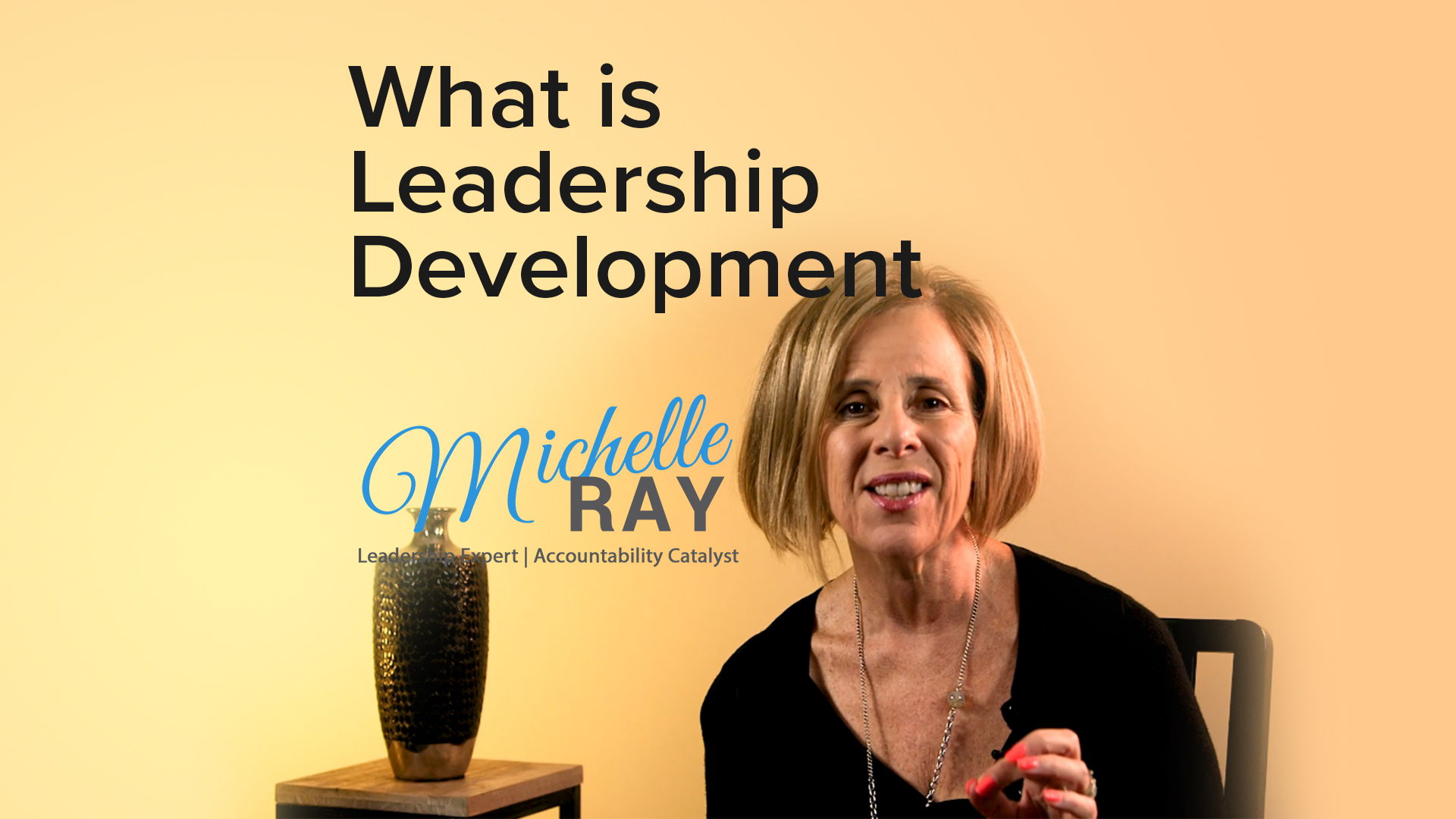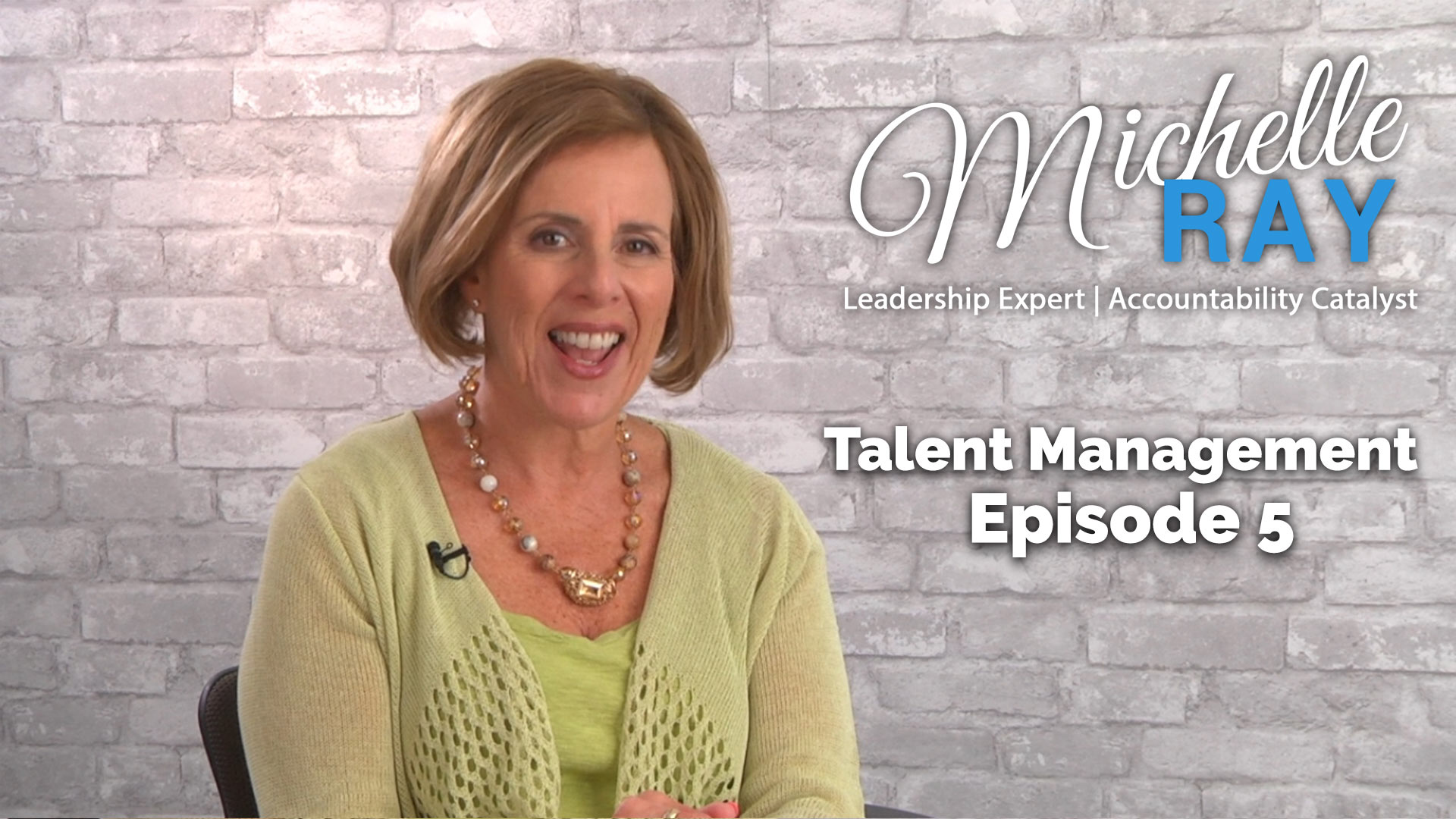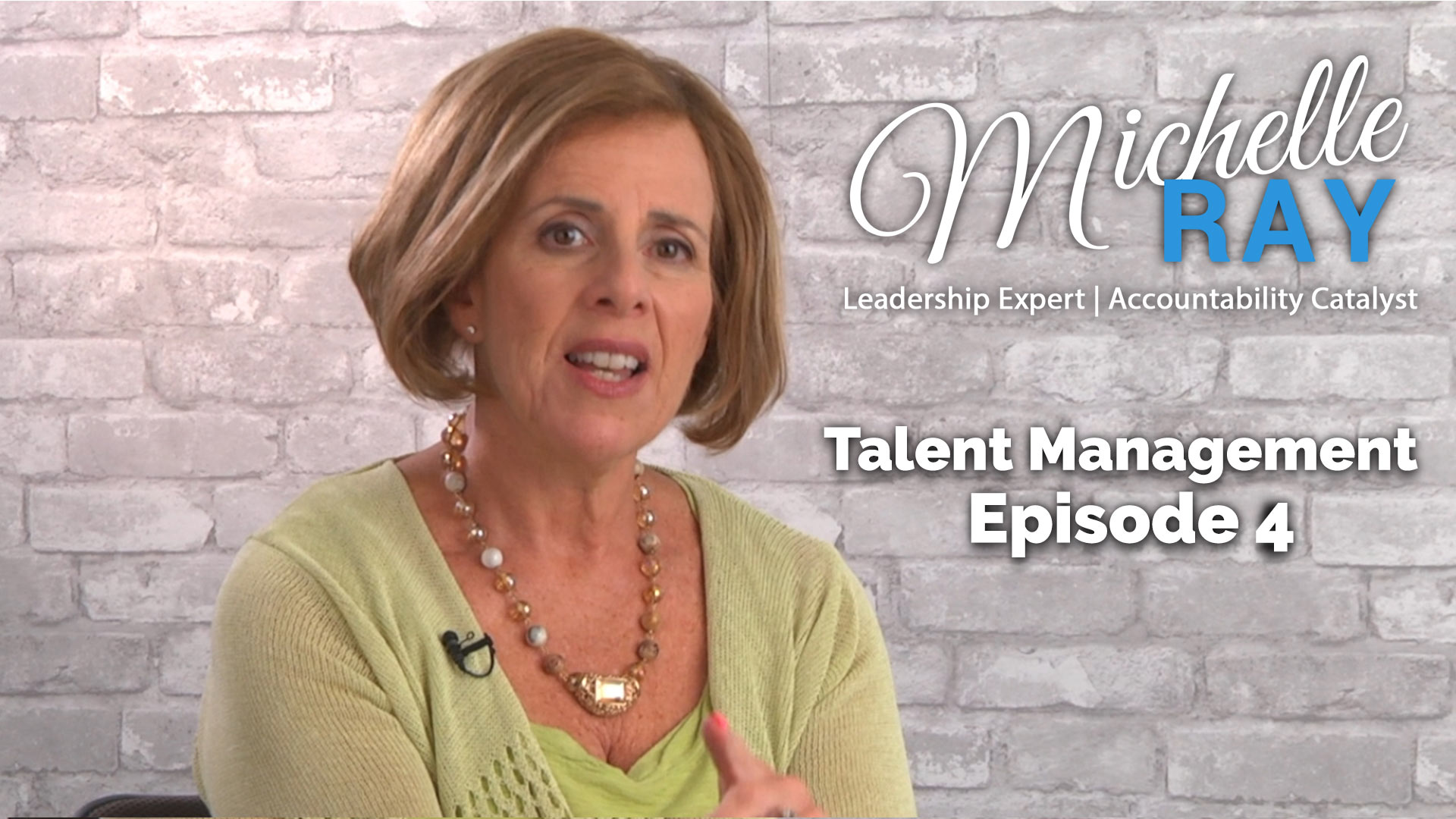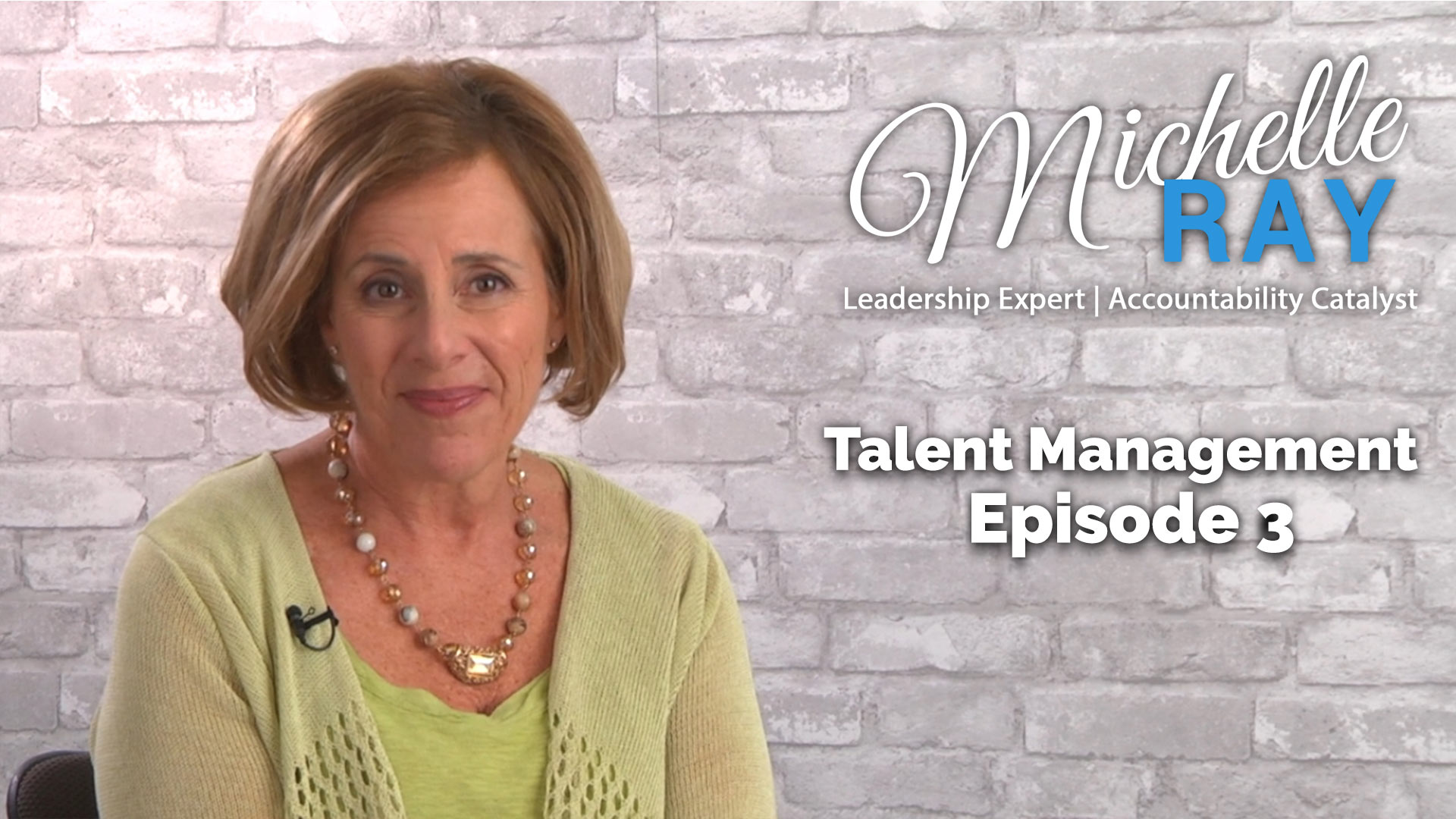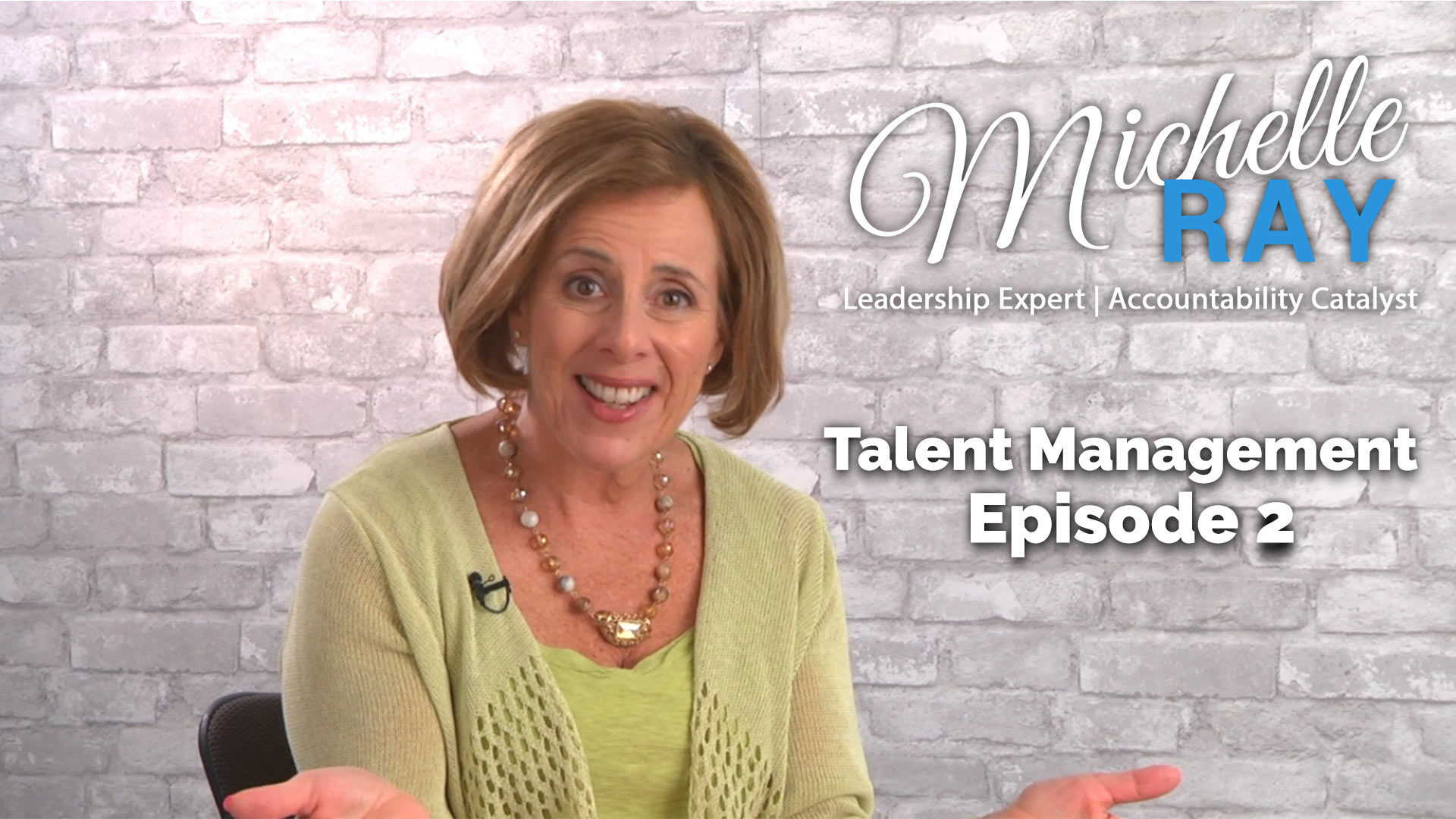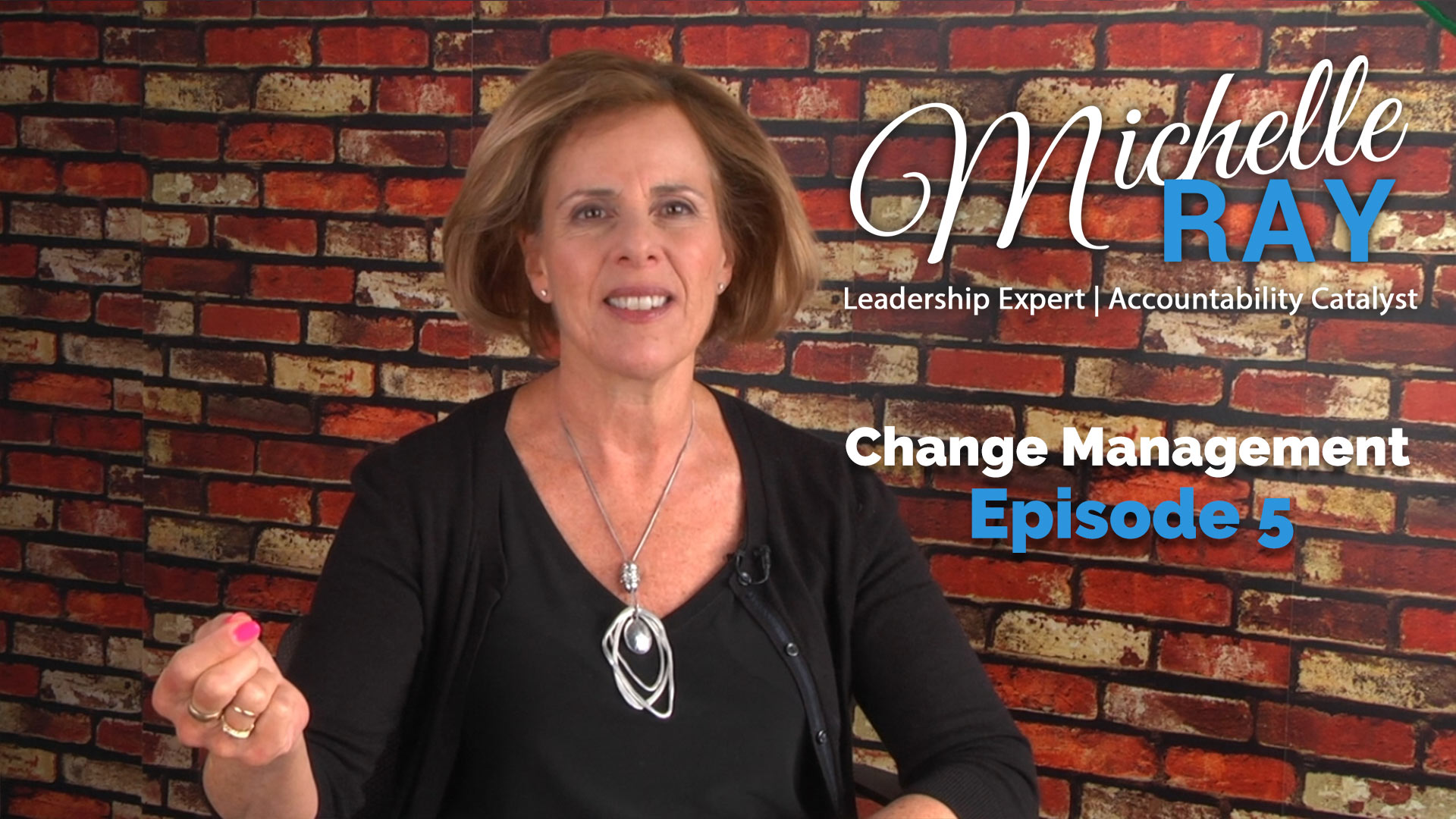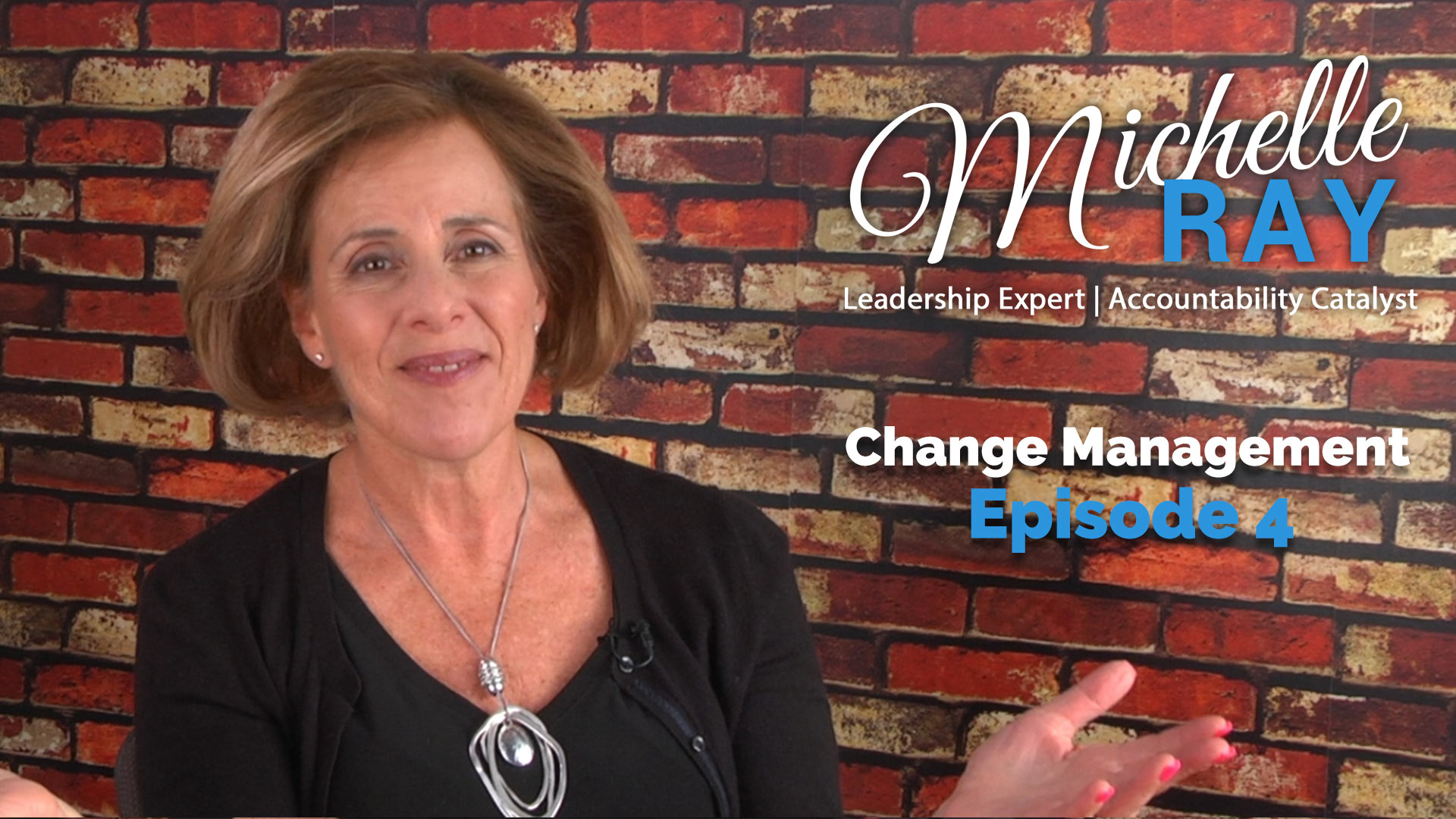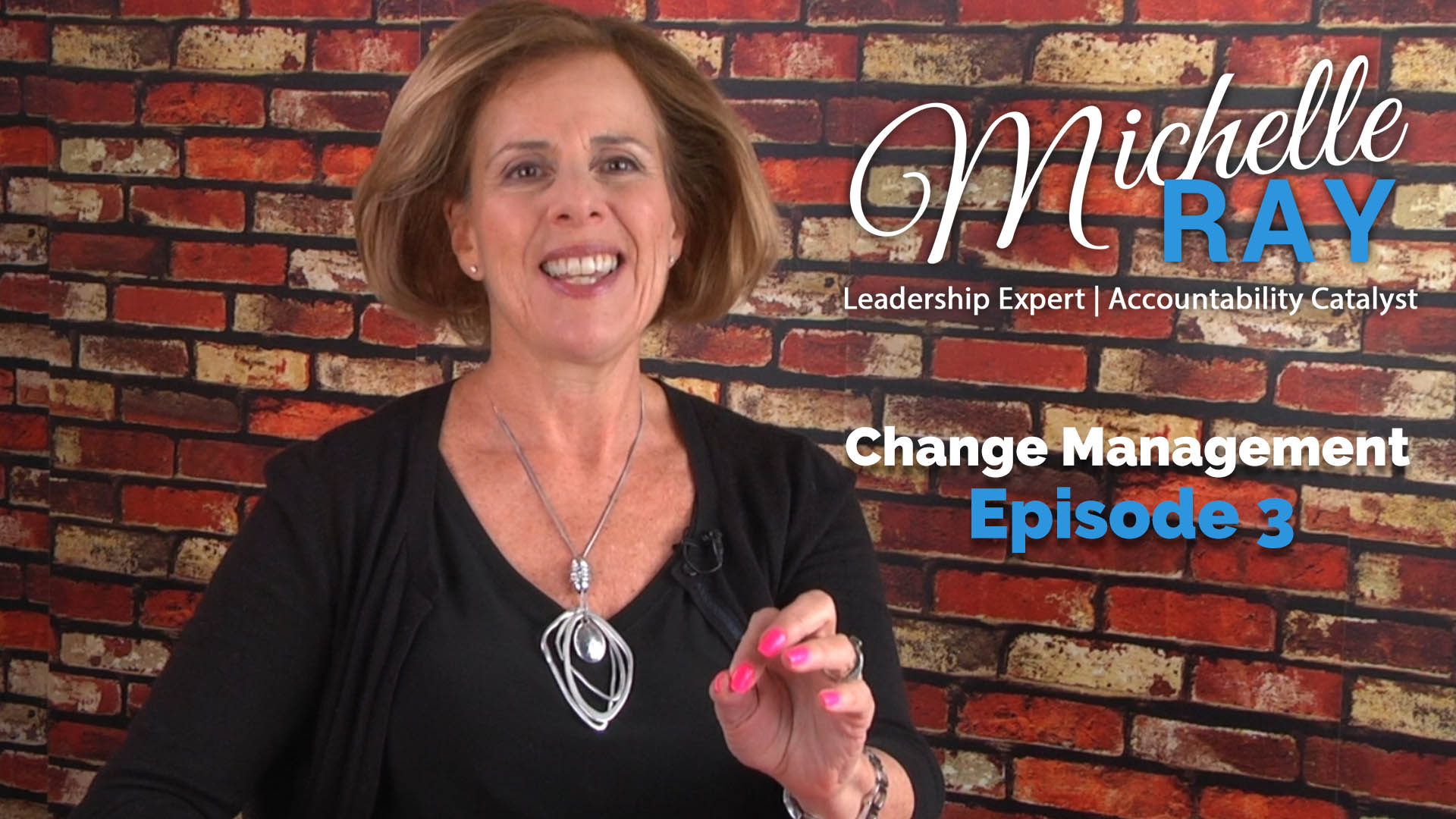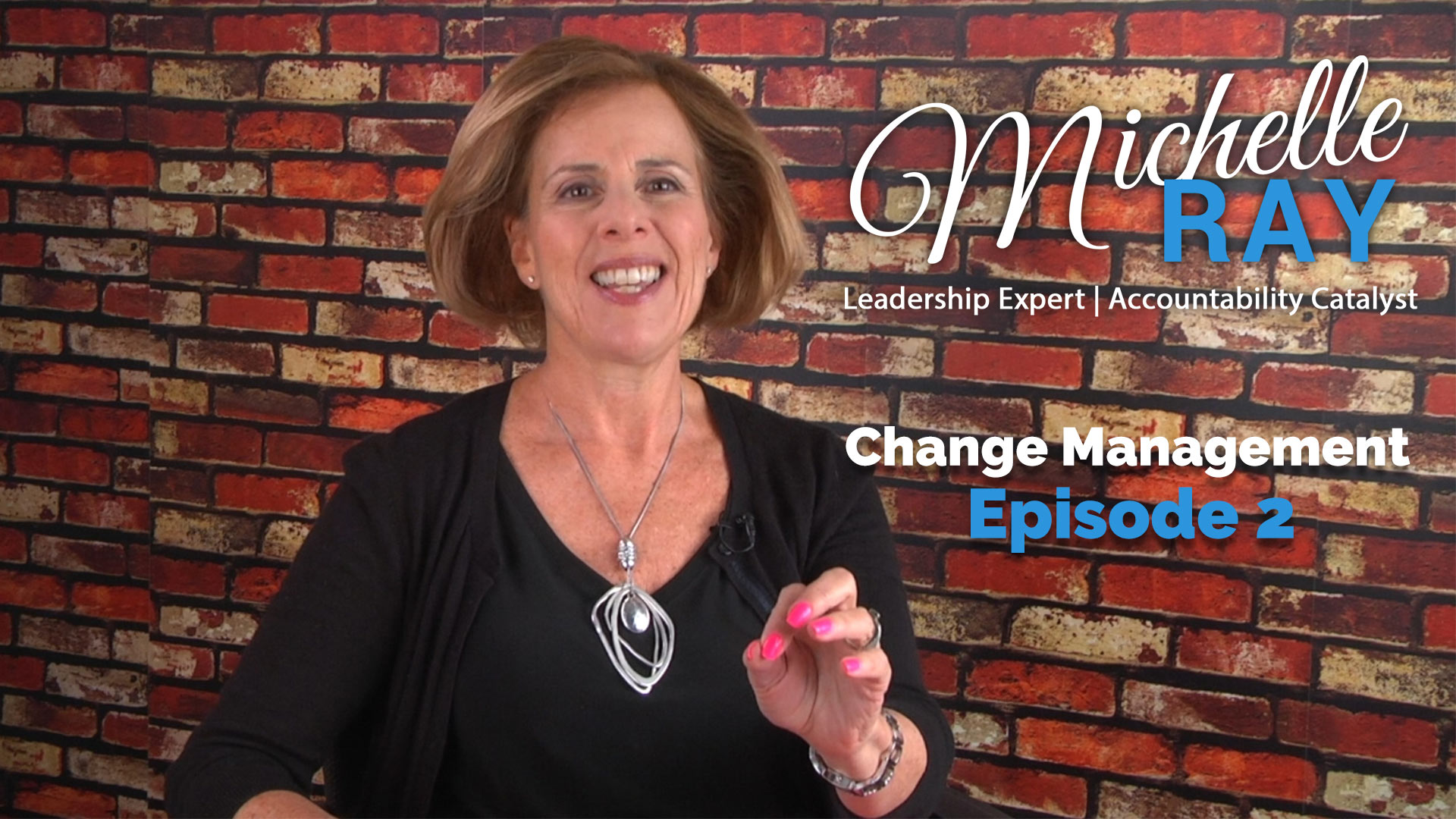So what is leadership development, and why is it important to your organization and the success of your business? Some people might say, “We’ve got to get more customers, we’ve got to find the best talent, the best employees.” In my view, all that is critically important. However, nothing matters as much as who you decide to develop as a leader, because it is the leaders that create the atmosphere, that mentoring your team that are making ideally the best decisions that have incredible influence on whether or not people feel motivated to stay in a job.
If your leaders don’t have the essential competencies to be successful, it really does start with you to make the best decisions and the best choices in terms of who you decide to put in those roles, and how you develop them.If you put the wrong people into the wrong role especially, thinking that they have the ability to be a great leader, that is going to cost you down the line. It’s going to cost you in terms of talent retention. It’s going to cost you in terms of lose productivity. It’s going to cost you in terms of low morale. So you need to make sure that you understand that you have the right people in place, and that when you decide to develop them, you’re investing wisely in your time, in your energy and everything associated with creating the best leaders that you can.
This article is a transcript from What is Leadership Development? YouTube.
Michelle Ray (Twitter) is one of the best international leadership keynote speakers in Vancouver. She helps you discover your potential through presentations, coaching and consulting. With over 20 years of experience Michelle has worked with hundreds of companies around the world. She is taking bookings for speaking engagements and can be contacted at MichelleRay.com
